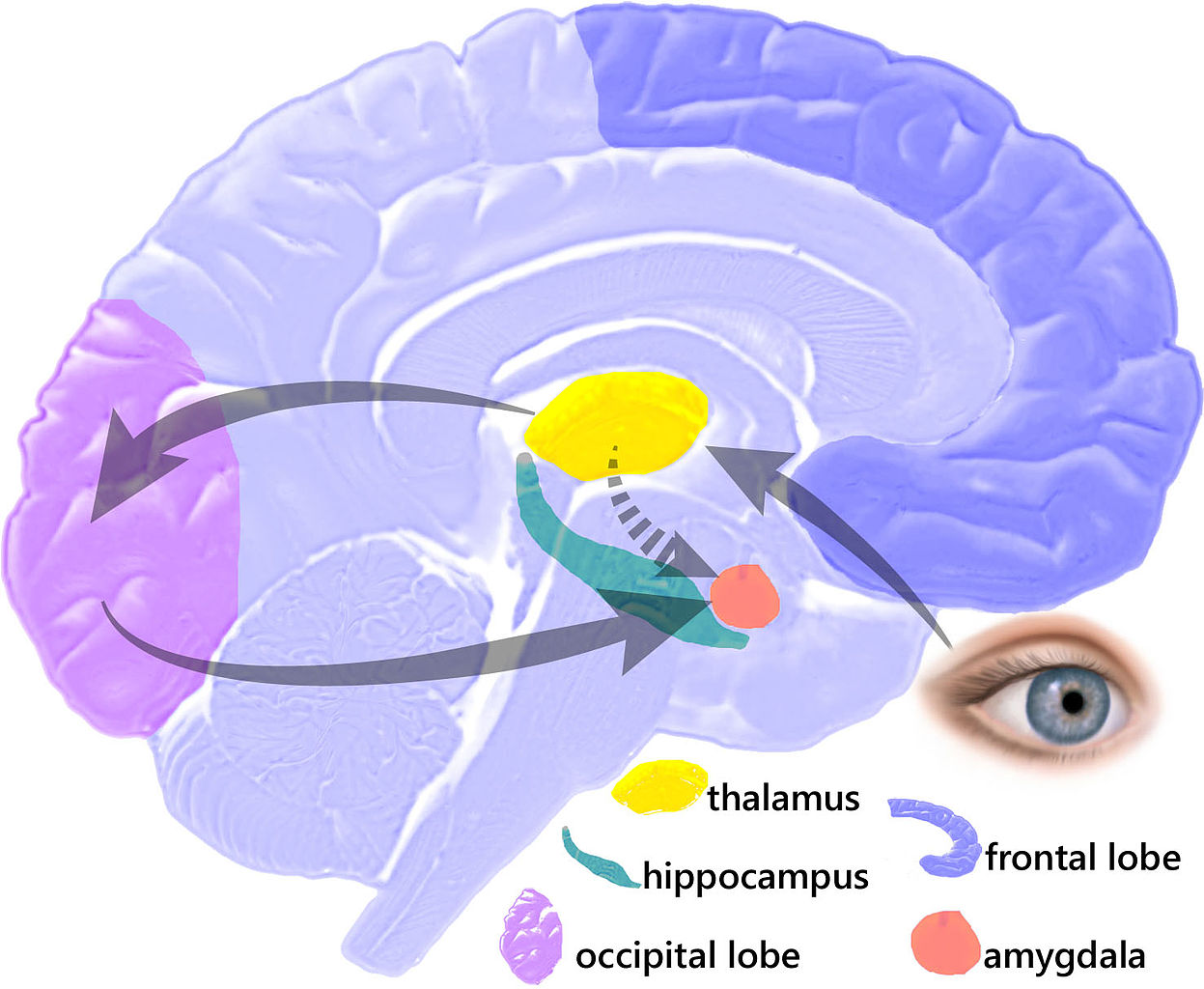EMDR
What is EMDR?
Eye Movement Desensitization and Reprocessing (EMDR) therapy is an extensively researched, effective psychotherapy method proven to help people recover from trauma and other distressing life experiences, including PTSD, anxiety, depression, and panic disorders.
How is EMDR therapy different from other therapies?
EMDR therapy does not require talking in detail about the distressing issue. EMDR therapy allows the brain to resume its natural healing process. EMDR therapy is designed to resolve unprocessed traumatic memories in the brain.
How does EMDR therapy affect the brain?
Our brains have a natural way to recover from traumatic memories and events. This process involves communication between the amygdala (the alarm signal for stressful events), the hippocampus (which assists with learning, including memories about safety and danger), and the prefrontal cortex (which analyzes and controls behavior and emotion). While many times traumatic experiences can be managed and resolved spontaneously, they may not be processed without help.
Stress responses are part of our natural fight, flight, or freeze instincts. When distress from a disturbing event remains, the upsetting images, thoughts, and emotions may create an overwhelming feeling of being back in that moment, or of being “frozen in time.” EMDR therapy helps the brain process these memories and allows normal healing to resume. The experience is still remembered, but the fight, flight, or freeze response from the original event is resolved.
Experiencing EMDR therapy
EMDR therapy may be used within a standard talking therapy, as an adjunctive therapy with a separate therapist, or as a treatment all by itself.
A typical EMDR therapy session lasts from 60 minutes if a client is working with the therapist on a week-to-week basis.
While this approach can still be effective, there is an option to do an EMDR INTENSIVE that would allow clients to dedicate a few days to resolve their issues.
To learn more about EMDR Intensives, see the section below.
EMDR INTENSIVES
EMDR Intensives
Trauma impacts us in every aspect of our daily life, making it difficult to manage day to day. We struggle to eliminate or reduce the negative impact trauma related symptoms have on our social, occupational, and family functioning.
EMDR (Eye Movement Desensitization and Reprocessing) therapy is an integrative psychotherapy approach that has been extensively researched and proven effective for the treatment of trauma.
With EMDR processing, we can desensitize negative feelings and change the negative belief about ourselves that has been imprinted onto our memory network to “rewire” the brain and truly heal.
Because of the “rewiring” and healing effect of EMDR, an intensive can work in ways that are not possible when utilizing standard week to week talk-therapy techniques. EMDR Intensives can help clients to process more information and heal quicker.

Benefits of an EMDR Intensive
DAYS, NOT MONTHS
Find real, life changing healing in a matter of days rather than months or years.
COST EFFECTIVE
Intensives are more cost effective because the therapy is concentrated and highly focused. The work is much more efficient and requires less session time and less cost overall. Rather than opening up and closing things down each week, trauma issues can be opened once and so more session time is spent processing and healing.
NO MORE WEEKLY APPOINTMENTS
Rather than scheduling your life around a weekly therapy appointment, simply start living the healthy life you desire. An Intensive can be that emotional reset you’ve been looking for.
MORE FREE TIME
Replace the time you would have otherwise spent seeing a therapist each week with quality time with your family, career advancement, or other personal development. Not only will you not be spending time in weekly therapy, but you will also be healed from those life issues that had previously been holding you back.
YOU DON’T HAVE TO LIVE IN THE CHICAGOLAND AREA!
The Cognitive Clinic is located in Palos Hills, Illinois, but that doesn’t mean you have to be. Clients can travel from anywhere in the world to the Chicagoland area to spend a few days in an Intensive and then return home to their daily lives – wherever that may be.
An Investment In Your Future
Intensive therapy is a financial investment in you and your future. Rather than being on the weekly payment plan of traditional therapy treatment, you will be investing a larger amount of money up front (that in the long run will likely still be less money than ongoing weekly therapy).
Many people have to plan ahead and save before they can schedule an Intensive. Once the Intensive is scheduled though, you will have a fixed cost to work with rather than the unknown of ongoing weekly therapy.
AFTER YOUR INTENSIVE
Many clients can complete an Intensive and then return to their lives ready to simply move forward. Some clients will benefit from having a working relationship with a therapist who can help them deal with things if they are only working on certain aspects of their treatment in the Intensive.
Some clients will need to schedule several intensives to fully process and heal their stories and, in these cases, a weekly therapist to help manage things between Intensives may be recommended or required. This will be thoroughly assessed and discussed in the intake telephone call.

